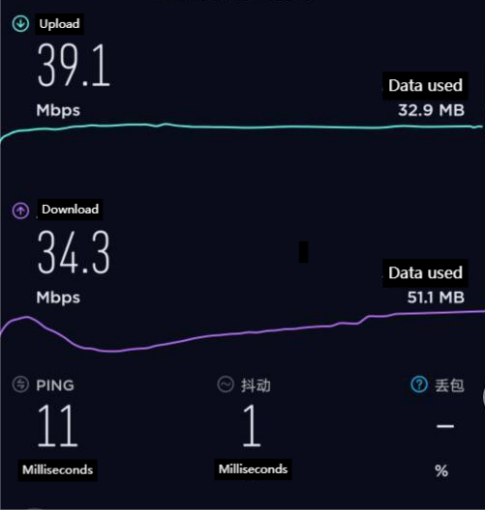
In the event of signal attenuation within residential spaces, the 2.4G signal emitted by the router achieves comprehensive coverage, with exceptions in certain areas, such as the bathroom equipped with a WiFi-enabled bath heater. Despite attempts to enhance signal reception through the installation of additional antennas, the desired effect remains elusive.
To address this issue, a disused dual-band router with gigabit capability was repurposed and strategically positioned beneath the washbasin. Leveraging wireless bridging technology, the router now operates on a 5G signal, providing WiFi connectivity to the bath heater. However, a trade-off was identified, as mobile devices in the living room may connect to the secondary router, resulting in a suboptimal user experience.
In the master bedroom, where the network port is situated at the bed's foot, the introduction of an additional router was deemed inconvenient in the context of limited space. A compact dual-band crystal router was ingeniously concealed within an enclosure, achieving a commendable speed of 150Mbps through a swift and adept do-it-yourself modification process.
This modification involved the incorporation of three buckles and ultrasonic welding techniques.
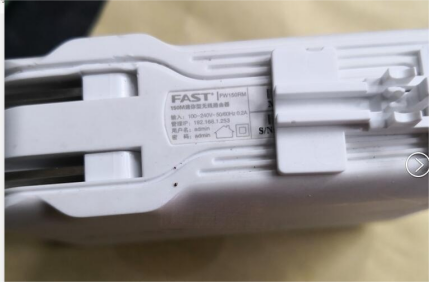
The capacitor legs were connected on the reverse side, showcasing a voltage measurement of 5V under electric load.
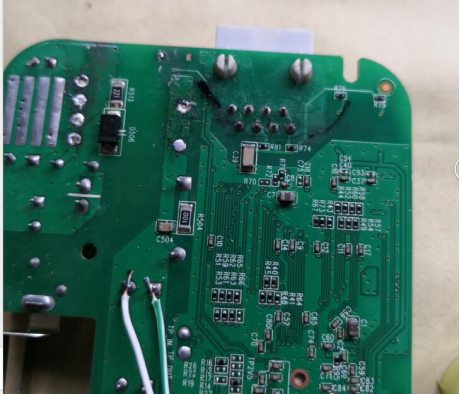
The transformer was subsequently removed, and circuit connections were established between points 45 and 78, with uncertainty prevailing regarding support for Power over Ethernet (POE) power supply.
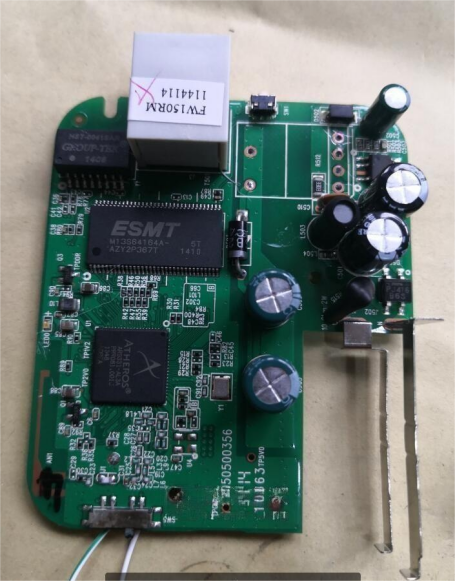
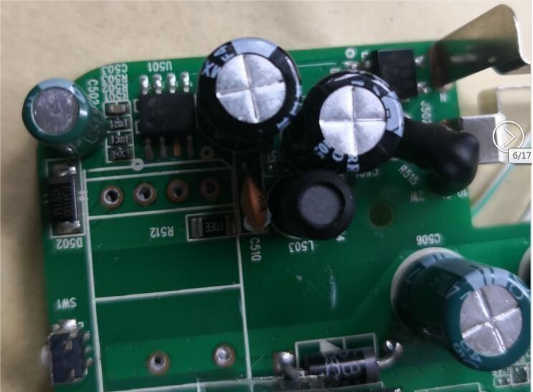
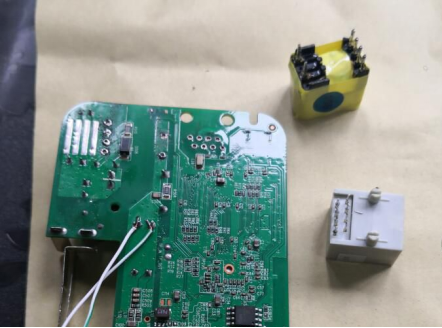
To facilitate accommodation within space constraints, a segment of the high-voltage circuit board was excised.
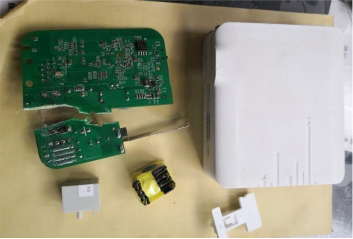
Remarkably, the router demonstrated seamless functionality with a single 18650 battery, operating at a voltage of 4.0V.
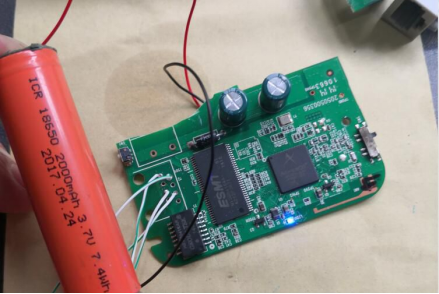
A white tail test yielded a working current of 0.1A.
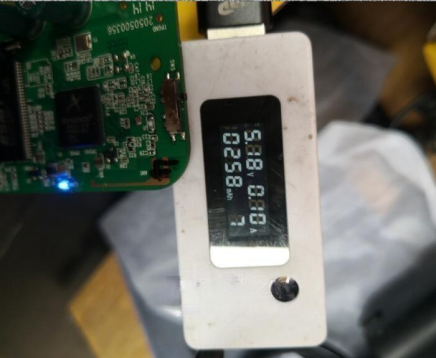
Efforts to connect the router to the gigabit port within the bottom box using coaxial cables proved intricate, particularly in avoiding damage to the crystal head. Powering the router with coaxial cables at 5V proved futile, and even at 12V, the desired outcome was not achieved.
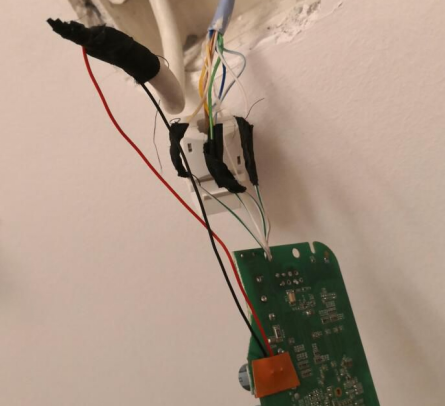
Opting for an Ethernet cable for power supply, the Huawei 1456c modem, equipped with two USB ports, presented a viable solution. One port was allocated to a printer, while the other facilitated the provision of power to the compact router.
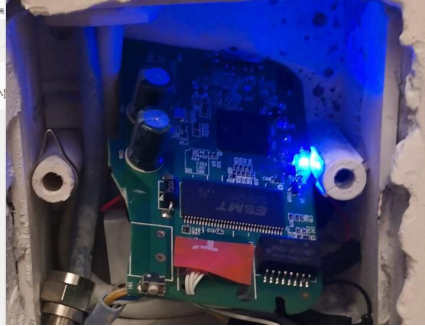
Unfortunately, the use of a coaxial cable with a 75-ohm impedance proved incompatible with the power requirements of the router.
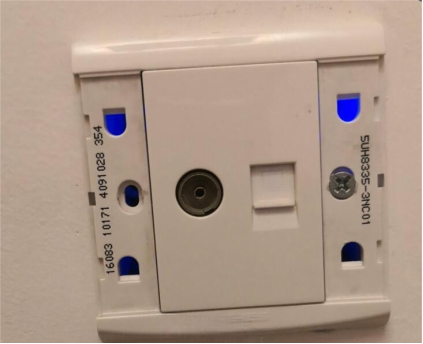
Notably, even in the absence of ambient lighting, a faint glow persisted.
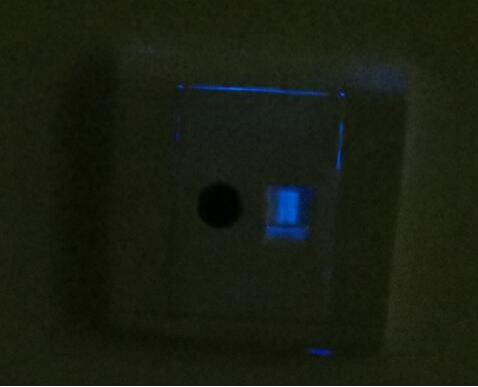
The broadband speed, capped at 100Mbps, revealed that the 2.4G speed, while serviceable, marginally met the demands of mobile device usage.
